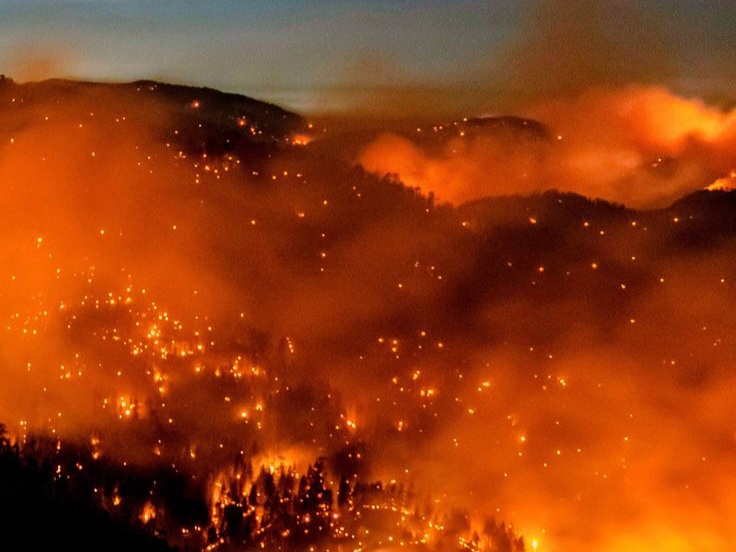Health & Wellness The Impact of Climate Change on Animal Migration in Korea
페이지 정보

본문
As climate change continues to accelerate, one of the most concerning effects is its impact on animal migration patterns. In Korea, this phenomenon is becoming increasingly evident, with many species experiencing altered migration routes, timing, and behavior due to changing temperatures and weather patterns.
In the past, animals like migratory birds and marine species followed predictable paths based on seasonal cues. However, with rising temperatures, earlier springs, and altered rainfall patterns, these species are being forced to adapt in ways that could have long-term ecological consequences.
For instance, migratory birds that traditionally relied on specific habitats for nesting and food sources are now arriving too early or too late. This misalignment disrupts their life cycles and may affect their survival rates. Additionally, marine animals such as fish and whales are shifting their migration patterns in search of cooler waters, which affects local fishing industries and ecosystems.
The changes aren’t just confined to birds and marine life – terrestrial mammals and insects are also being impacted. Certain species are moving to higher altitudes or latitudes in search of cooler environments, sometimes at the expense of their natural habitats. This can lead to a reduction in biodiversity and disrupt the delicate balance of ecosystems.
What can we do? Protecting migration corridors, preserving natural habitats, and addressing the root causes of climate change are essential steps to ensure that animal species can continue their vital migratory journeys.
As climate change accelerates, it’s crucial that we remain aware of its impacts on the wildlife around us. Together, we can take action to protect these incredible species and the ecosystems they depend on.
In the past, animals like migratory birds and marine species followed predictable paths based on seasonal cues. However, with rising temperatures, earlier springs, and altered rainfall patterns, these species are being forced to adapt in ways that could have long-term ecological consequences.
For instance, migratory birds that traditionally relied on specific habitats for nesting and food sources are now arriving too early or too late. This misalignment disrupts their life cycles and may affect their survival rates. Additionally, marine animals such as fish and whales are shifting their migration patterns in search of cooler waters, which affects local fishing industries and ecosystems.
The changes aren’t just confined to birds and marine life – terrestrial mammals and insects are also being impacted. Certain species are moving to higher altitudes or latitudes in search of cooler environments, sometimes at the expense of their natural habitats. This can lead to a reduction in biodiversity and disrupt the delicate balance of ecosystems.
What can we do? Protecting migration corridors, preserving natural habitats, and addressing the root causes of climate change are essential steps to ensure that animal species can continue their vital migratory journeys.
As climate change accelerates, it’s crucial that we remain aware of its impacts on the wildlife around us. Together, we can take action to protect these incredible species and the ecosystems they depend on.
- PrevSmall Food Changes, Big Life Gains 25.07.13
- NextRediscovering the Joy of Sleep: A Personal Journey 25.04.26
댓글목록
There are no registered comments.

